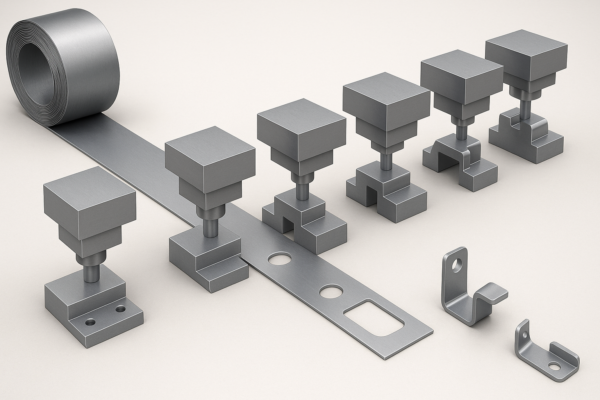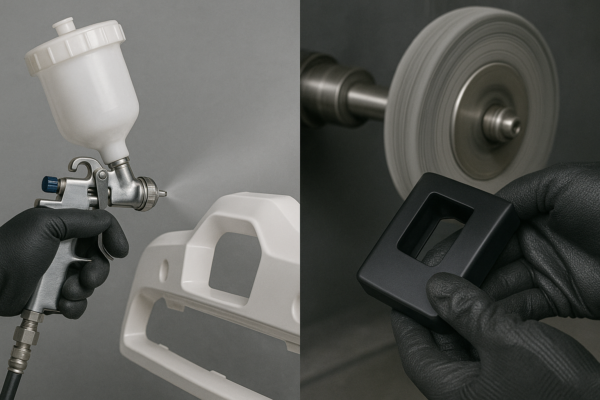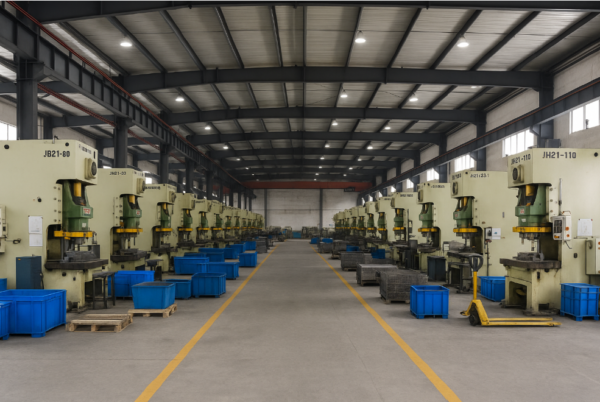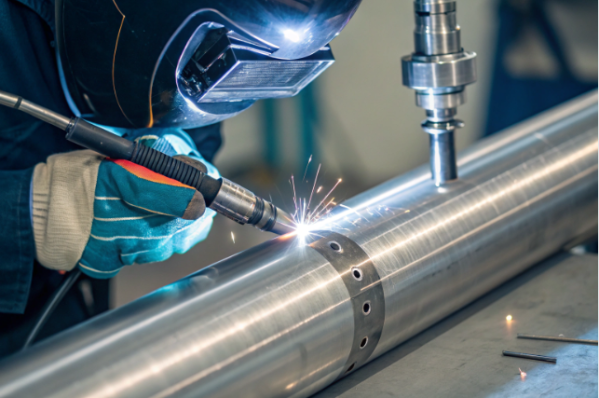What Did Medieval Blacksmiths Quench Their Blades In?
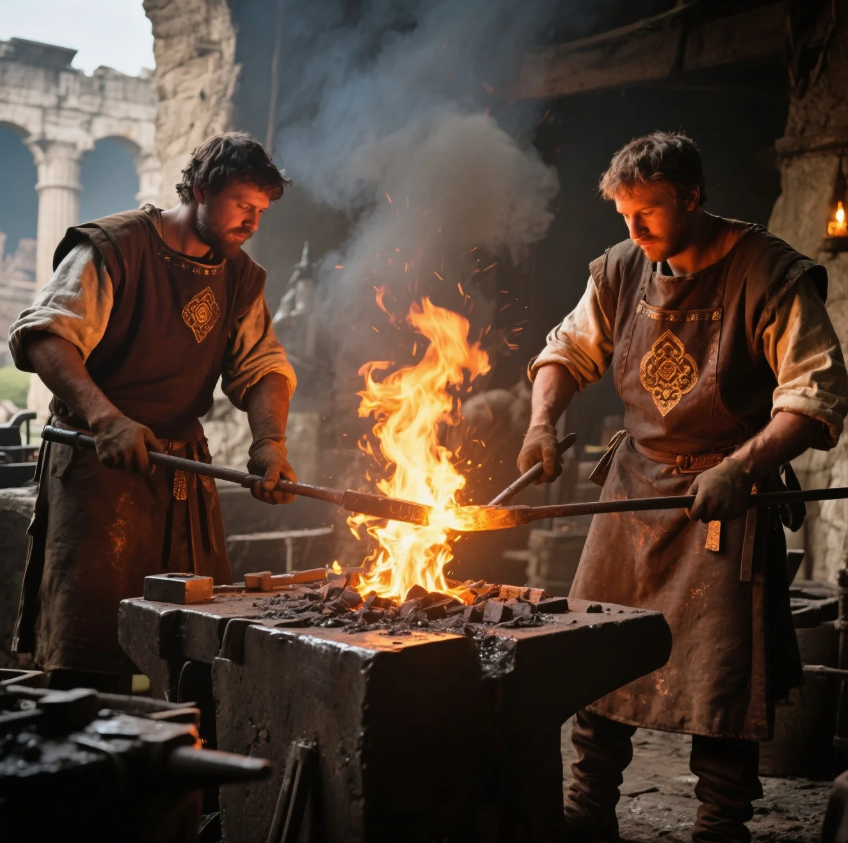
In the medieval period, blacksmiths played a crucial role in shaping weapons like swords, axes, and knives. One of the most important parts of this process was quenching, where a hot, newly forged blade was cooled rapidly to harden it. But what did medieval blacksmiths actually quench their blades in? In this article, we’ll explore the various quenching liquids used by blacksmiths in the past, how they impacted the steel, and how iron was melted during medieval times.
Snippet paragraph: Medieval blacksmiths often quenched their blades in water, oil, or animal fat, each offering unique benefits for hardness and durability.
Let’s explore the history of quenching and how medieval blacksmiths perfected the art of weapon forging.
What Liquid Do Blacksmiths Use to Quench?
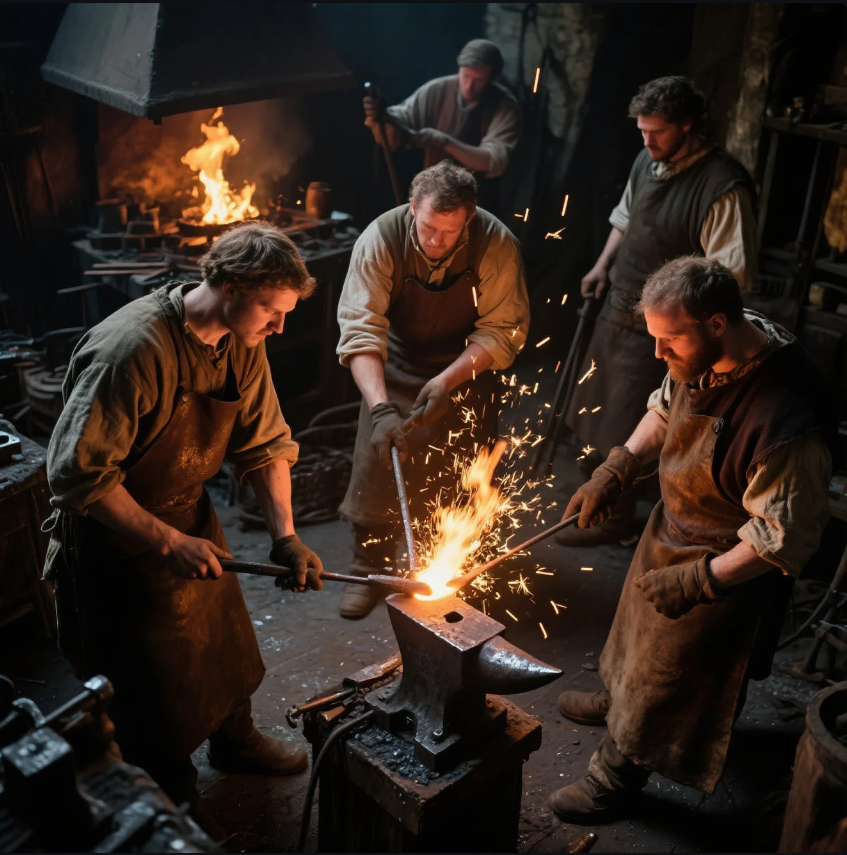
In medieval times, blacksmiths used a variety of liquids for quenching their blades, with the primary goal being to harden the steel and lock in its structure. The choice of liquid depended on the desired hardness and the type of metal being worked with.
Common Liquids Used for Quenching:
- Water: Water was the most common quenching medium used by medieval blacksmiths. It cools the steel quickly, producing a harder but more brittle blade. However, water quenching also carries the risk of cracking the blade, especially if the steel was not properly heated or cooled.
- Oil: Oil, particularly animal fats or vegetable oils, was sometimes used for quenching, as it provided a slower cooling rate than water. This slower cooling process reduced the risk of cracking and allowed for a tougher blade. Oil quenching was especially useful for larger blades or tools.
- Animal Fat: In some cases, animal fat or tallow was used, as it would slow down the cooling process even more than water. This method was often used in cultures that valued flexibility and toughness in their blades, such as those making swords.
Water was the most accessible and common quenching liquid, but oil and animal fat offered specific advantages in terms of blade strength and longevity.
What Do Blacksmiths Dip Their Swords In?
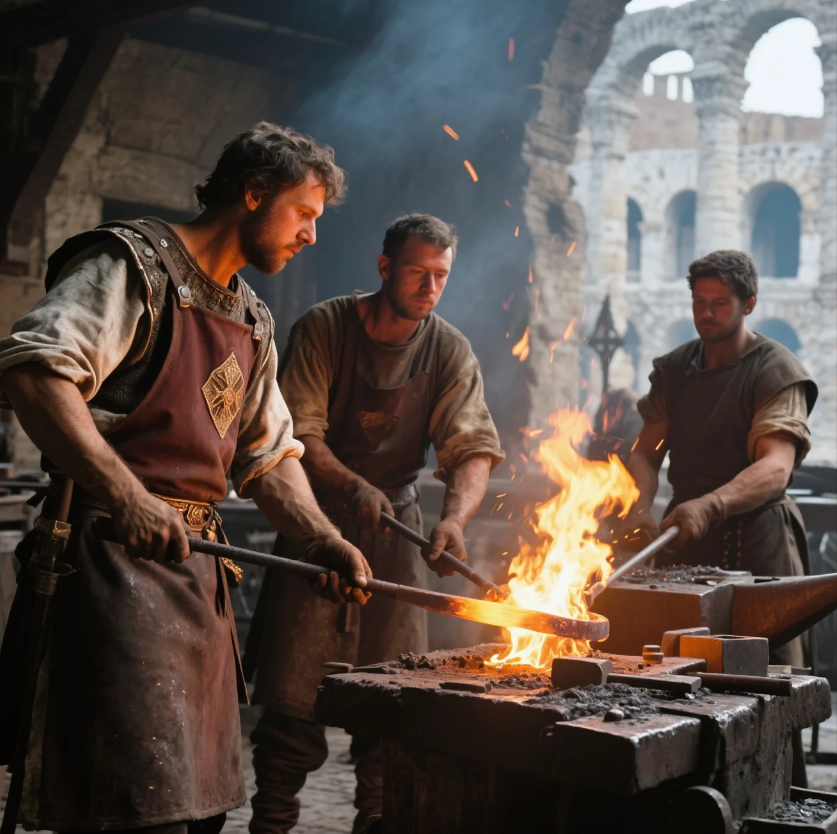
When blacksmiths crafted swords, they would often dip or immerse the hot metal blade in a quenching liquid to harden it. This process is critical to creating a blade that is strong, durable, and able to hold a sharp edge.
Common Liquids for Quenching Swords:
- Water: Most commonly, blacksmiths would dip their swords in water. Water quenching was quick and effective, producing a hard surface on the blade.
- Oil: For higher-quality swords or to reduce the risk of cracking, blacksmiths would dip the sword in oil, as it would cool the blade more slowly and evenly, creating a tougher, more resilient edge.
- Brine (Saltwater): In some cases, brine (saltwater) was used, which cooled the blade even more quickly than water, providing a harder surface but increasing the risk of brittleness.
The choice of liquid affected not only the hardness of the blade but also its toughness, with oil quenching often preferred for weapons that needed flexibility and resistance to breaking.
What Are Swords Quenched In?
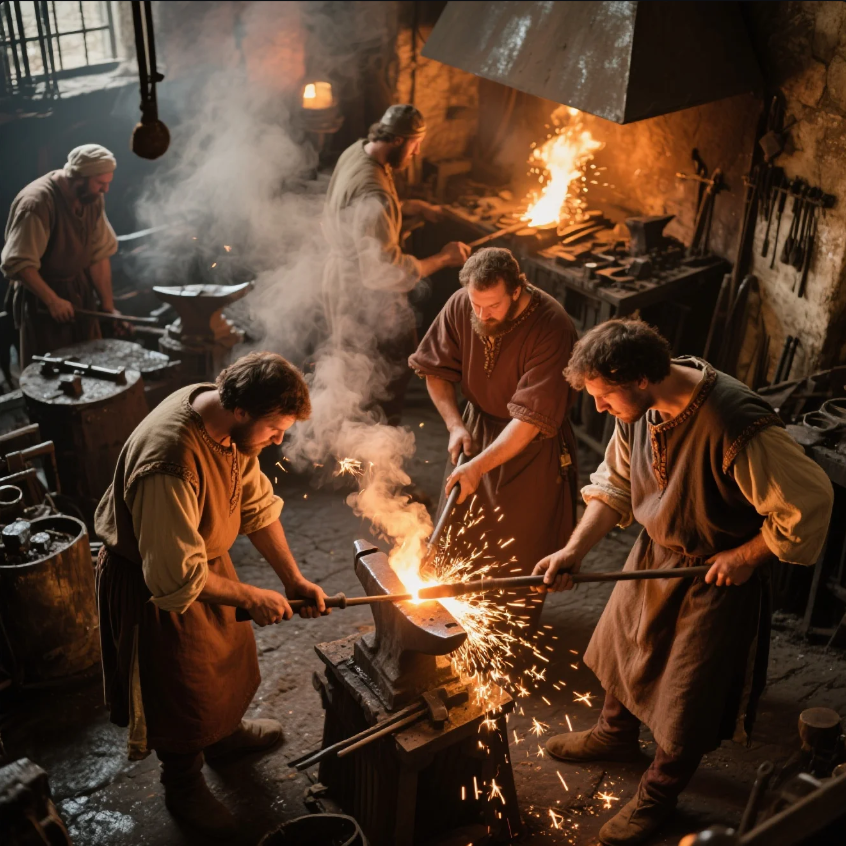
Swords were often quenched in water, oil, or brine, depending on the blacksmith’s technique, the type of sword being forged, and the specific characteristics desired in the weapon. The quenching process was crucial for forming the blade’s hard surface while maintaining an inner structure that could absorb shock and prevent breaking.
Quenching Materials for Swords:
- Water: The most common quenching liquid, providing a quick cooling that leads to a hard, brittle blade.
- Oil: Slower cooling, leading to a tougher, more flexible blade with better resistance to breaking.
- Brine: Faster than water, brine was sometimes used for a harder blade, but it also increased the risk of cracks and fractures.
The final hardness and flexibility of the sword would depend on the combination of quenching method and the heat treatment process used by the blacksmith.
How Did Medieval Blacksmiths Melt Iron?
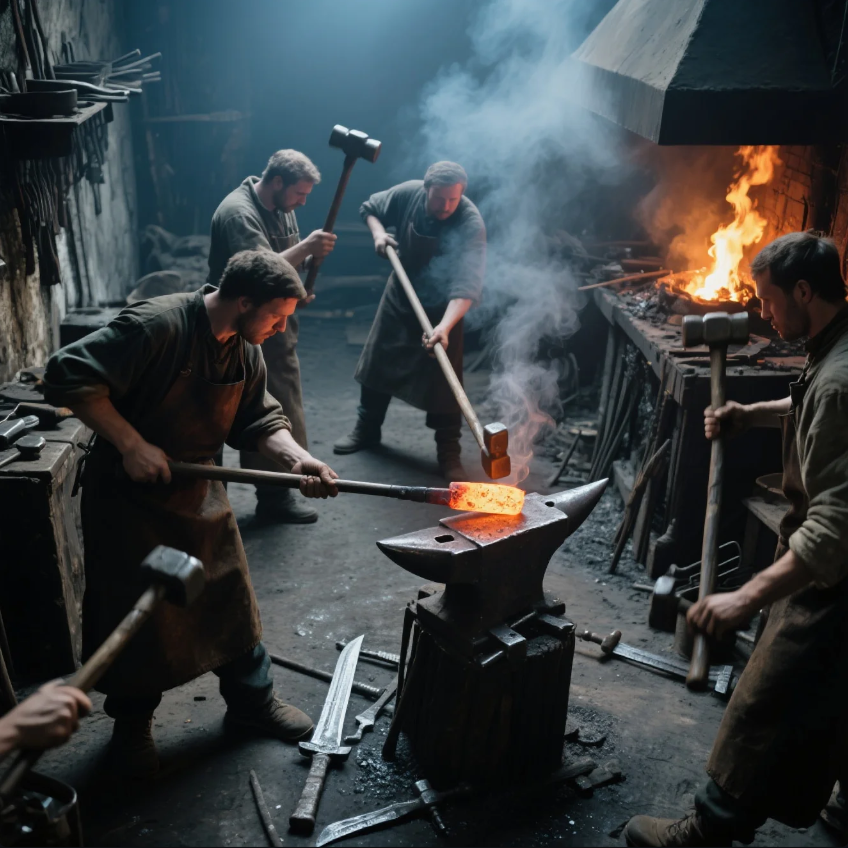
In medieval times, blacksmiths didn’t have modern furnaces, so they used bloomeries and furnaces to melt and refine iron. These furnaces produced the high heat necessary to separate iron from its ore and convert it into usable metal.
Iron Melting Process in Medieval Times:
- Bloomery: A bloomery furnace was used to smelt iron. The furnace was fueled by charcoal, and the iron ore was heated until it reached a point where it could be separated from impurities. This process would result in a blooms of iron that blacksmiths could then forge into tools or weapons.
- Charcoal as Fuel: Medieval blacksmiths used charcoal to fuel their furnaces, as it could reach temperatures high enough to melt iron and refine it into steel.
While medieval blacksmiths didn’t have the advanced technology we have today, they were still able to produce high-quality weapons and tools through these methods, relying on their craftsmanship and knowledge of metallurgy.
Conclusion
Medieval blacksmiths quenching their blades typically used water, oil, or animal fat, with each liquid offering different advantages in terms of the hardness and toughness of the blade. While water produced a harder blade, it also increased the risk of cracking, while oil and animal fats provided a more controlled and slower cooling process, resulting in a tougher, more resilient sword. To melt iron, blacksmiths used bloomery furnaces, fueled by charcoal, which allowed them to refine iron ore and turn it into usable metal. The quenching and forging techniques of medieval blacksmiths laid the foundation for modern metallurgy, and their expertise continues to influence metalworking today. For high-quality forged parts or expert blacksmithing, contact Prime today for custom solutions.

